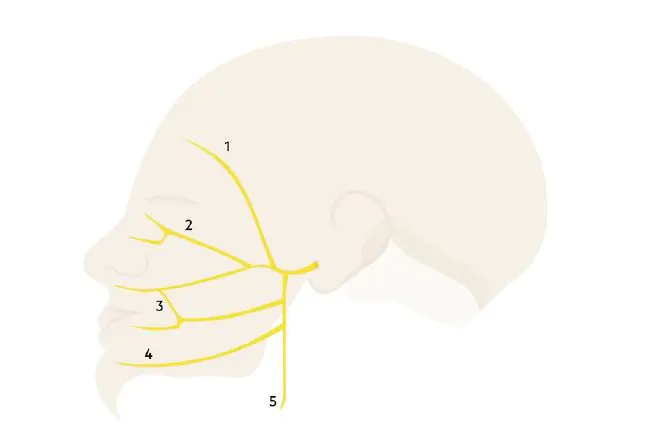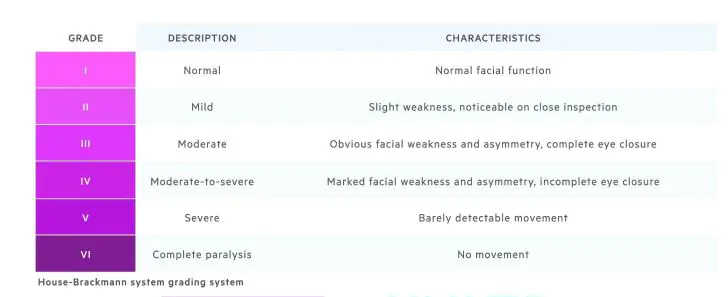Bell’s Palsy is a relatively common neurological condition that affects the muscles of the face, resulting in temporary facial paralysis. Although it can be alarming and distressing, the condition is usually self-limiting and resolves within a few months. In this blog post, we will delve into the details of Bell’s Palsy, including its causes, symptoms, and available treatment options.


What is Bell’s Palsy?
Bell’s Palsy is a condition characterized by the sudden onset of facial paralysis, typically affecting one side of the face. It occurs due to the dysfunction or inflammation of the facial nerve, which controls the muscles responsible for facial expressions. The exact cause of Bell’s Palsy is not fully understood, but it is believed to be associated with viral infections, such as the herpes simplex virus (HSV).
Signs and Symptoms:
The most prominent symptom of Bell’s Palsy is the sudden weakness or paralysis of the muscles on one side of the face. Other common signs and symptoms include facial drooping, difficulty in closing the eye or blinking, drooling, loss of the sense of taste, increased sensitivity to sound in one ear, and pain or discomfort around the jaw or behind the ear. These symptoms usually reach their peak within 48 hours.
Causes and Risk Factors:
While the precise cause of Bell’s Palsy remains uncertain, several factors are believed to contribute to its development. These include viral infections, particularly the herpes simplex virus, as well as other viral infections such as the varicella-zoster virus (VZV), Epstein-Barr virus (EBV), and respiratory tract infections. Certain risk factors, such as pregnancy, diabetes, respiratory ailments, and a family history of Bell’s Palsy, may increase the likelihood of developing the condition.
Diagnosis:
Diagnosing Bell’s Palsy involves a thorough examination of the patient’s medical history and a physical examination focused on facial nerve function. In some cases, additional tests like blood tests, electromyography (EMG), and imaging studies may be recommended to rule out other potential causes of facial paralysis.
Treatment Options:
The majority of individuals with Bell’s Palsy experience spontaneous recovery without specific treatment within three to six months. However, various treatment options are available to help manage the condition and promote faster recovery. These include corticosteroids to reduce inflammation, antiviral medications if a viral cause is suspected, analgesics for pain relief, physical therapy, and protective measures for the eye on the affected side. In rare cases, surgical interventions may be considered for specific complications or severe cases.
Coping with Bell’s Palsy:
Living with Bell’s Palsy can be challenging, both physically and emotionally. It is important to seek support from healthcare professionals, family, and friends. Additionally, facial exercises, practicing good eye care, and using relaxation techniques may aid in managing the condition and promoting overall well-being.
Prognosis and Potential Complications:
The prognosis for Bell’s Palsy is generally favorable, with most individuals experiencing significant recovery within a few months. However, some individuals may have lingering facial weakness or other complications, such as incomplete eye closure leading to eye dryness or corneal damage. Regular follow-ups with healthcare providers are crucial to monitor progress and address any complications.
Conclusion:
Bell’s Palsy is a temporary condition that affects the facial muscles due to inflammation or dysfunction of the facial nerve. Although the exact cause remains unknown, viral infections are believed to play a significant role. While most individuals recover spontaneously, timely diagnosis and appropriate treatment can help accelerate the healing process and minimize complications.
